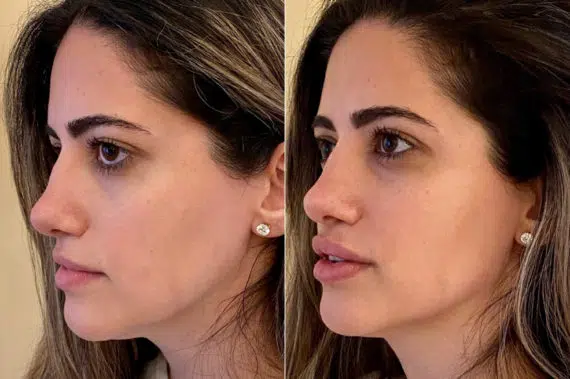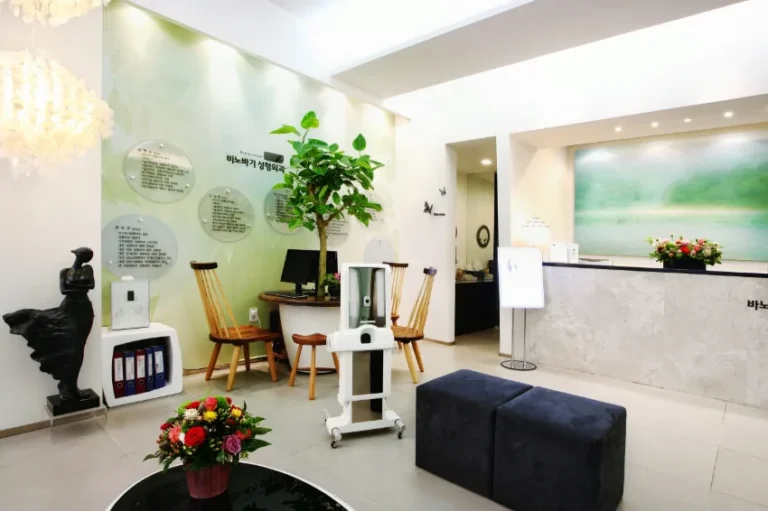A lip lift is a relatively short and minimally invasive cosmetic procedure, but like all surgeries, it requires careful planning for patient comfort and safety—especially when it comes to anesthesia. South Korea’s cosmetic surgery clinics are known for their world-class safety standards, and that includes advanced anesthesia protocols tailored to each patient.
This guide breaks down the types of anesthesia used in lip lift surgery, how Korean clinics manage anesthesia safely, and what international patients should know before undergoing the procedure.
🧠 Why Anesthesia Matters in a Lip Lift
Even though a lip lift is typically performed in under an hour, precise anesthesia is essential to:
- Prevent pain and discomfort
- Ensure the patient stays calm and still
- Minimize movement for surgical precision
- Reduce intraoperative stress and anxiety
In Korea, anesthesia is taken very seriously—especially in licensed cosmetic surgery clinics where patient safety is a top priority.
🛌 Types of Anesthesia Used in Lip Lift Surgery in Korea
Depending on your case and the surgeon’s recommendation, Korean clinics typically use one of the following:
1. Local Anesthesia (Most Common)
- The surgeon numbs only the surgical area (under the nose and upper lip)
- You’re awake but pain-free
- No IV or general sedation is needed
- Commonly used for simple or first-time lip lifts
✅ Advantages:
- Lower risk than general anesthesia
- Quick recovery
- No grogginess post-surgery
- Can return to your hotel same day
🩺 Used with:
- Precision techniques
- Minimal skin removal
- Short procedures (30–45 minutes)
2. Local Anesthesia + Oral Sedative (Mild Sedation)
- Combines local numbing with a mild sedative pill or oral anti-anxiety medication
- Keeps you relaxed and drowsy during the procedure
✅ Ideal for:
- Nervous patients
- Those afraid of needles or surgical tools
- Patients undergoing multiple facial procedures at once
3. IV Sedation (Twilight Anesthesia)
- Intravenous sedatives administered by a licensed anesthesiologist
- You are in a deep, sleep-like state, but not completely unconscious
🩺 Monitored throughout by anesthesia professionals
✅ Used for:
- Lip lift combined with other surgeries (e.g., facelift, rhinoplasty)
- Patients who prefer not to be aware at all
- Slightly longer or more complex lip lifts
4. General Anesthesia (Rare for Lip Lifts)
- Total unconsciousness using IV drugs and intubation
- Not commonly used for standalone lip lifts in Korea
✅ May be recommended if:
- You’re undergoing multiple combined surgeries (e.g., lip lift + facelift + chin implant)
- You have medical anxiety or specific health considerations
🏥 How Korean Clinics Ensure Safe Anesthesia
Korea is known for its advanced medical infrastructure and strict safety protocols. Top cosmetic clinics typically offer:
🧪 Preoperative Assessment
- Detailed medical history check
- Review of allergies, current medications, and past surgeries
- Routine tests like bloodwork, ECG, or chest X-ray if needed
Most Korean clinics ask international patients to submit this information before arrival to prepare accordingly.
👨⚕️ Certified Anesthesiologists On-Site
- In top-tier clinics, an anesthesiologist or nurse anesthetist administers and monitors sedation
- Vital signs (blood pressure, heart rate, oxygen levels) are monitored continuously
- Emergency protocols are always in place
Avoid any clinic that does not offer licensed anesthesia professionals—this is a red flag.
🩹 Aftercare Monitoring
- Even for local anesthesia, clinics observe patients for 30–60 minutes after surgery
- Clinics provide pain relief medication and post-op instructions
- Some high-end clinics offer overnight stays or private recovery rooms
🌍 Special Considerations for International Patients
Korean clinics catering to medical tourists offer:
- Multilingual pre-op instructions (in English, Chinese, etc.)
- Anesthesia consent forms translated for understanding
- Post-anesthesia care kits including medication and gauze
- Transportation arrangements after sedation
If you receive sedation (oral or IV), you’ll need an escort to accompany you to your hotel or recovery room.
❗ Questions to Ask About Anesthesia Before Your Lip Lift
- What type of anesthesia will be used for my procedure?
- Will a certified anesthesiologist be present?
- What are the risks or side effects of the anesthesia you recommend?
- Can I eat or drink before the surgery?
- How long will I be monitored afterward?
- What medications will I need post-op?
- How long before I can return to normal activity?
🚨 Possible Anesthesia Side Effects and How Clinics Manage Them
| Side Effect | Korean Clinics’ Response |
|---|---|
| Nausea or Vomiting | Anti-nausea meds provided during/after |
| Dizziness or Fatigue | Monitored rest before discharge |
| Allergic Reaction | Rare, but emergency meds and equipment ready |
| Breathing Issues (IV/General) | Anesthesiologist present; oxygen monitoring throughout |
| Swelling from injection | Cold packs and anti-inflammatory meds |
🧭 Final Takeaway
The role of anesthesia in lip lift surgery is to make the experience comfortable, safe, and stress-free. Korean clinics take anesthesia extremely seriously, using skilled professionals, modern technology, and global safety standards to deliver seamless results for both local and international patients.
With proper planning and communication, you can expect a smooth experience—whether you choose local numbing or twilight sedation.




